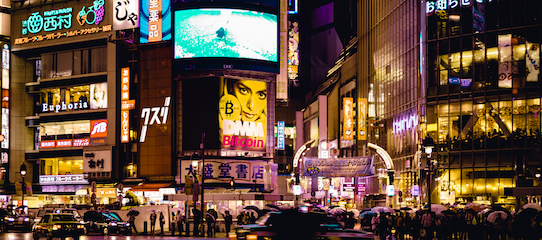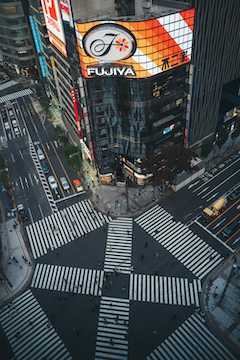
Shibuya Ward (Tokyo). One of the most dynamic and emblematic districts of Japan’s capital, known globally as the epicenter of youth culture, fashion, nightlife, and technological innovation. With a population of approximately 230,609 as of January 2024 and covering 15.11 km² — larger than Midtown Manhattan — Shibuya is a densely populated urban ward that pulses with energy day and night.
The area is home to a diverse mix of residents, including affluent expats, diplomats, professionals, and families seeking international amenities and English-friendly services, particularly in neighborhoods like Hiroo and Ebisu. The ward’s cosmopolitan atmosphere is further enriched by a significant foreign resident population, making up about 4.6% of the total.
Shibuya’s history dates back to the 12th century when it was controlled by the Shibuya clan, and it has evolved through periods of samurai rule, Edo-era prosperity, and Meiji-era urbanization. Officially incorporated as a ward in 1932, Shibuya transformed from a railway terminus into a commercial powerhouse, overtaking Shinjuku as the center of youth culture in the 1970s. The competition between major developers, such as Seibu and Tokyu, spurred the creation of iconic shopping and entertainment complexes, including Shibuya Parco, Tokyu Hands, and the famed Shibuya.

The heart of Shibuya is the legendary Shibuya Scramble Crossing, often compared to New York’s Times Square for its massive pedestrian flow and towering digital screens. Up to 3,000 people cross at each light change, creating a mesmerizing urban spectacle that has become a symbol of Tokyo’s modernity and vibrancy.
Overlooking the crossing, the Starbucks above Tsutaya bookshop is a popular vantage point for visitors seeking a panoramic view of this urban ballet. Nearby, the Hachikō statue commemorates Japan’s beloved loyal dog and serves as a popular meeting spot, embodying the values of loyalty and perseverance.
Shibuya is renowned for its eclectic neighborhoods, each with a distinct character. Harajuku is a global center for street fashion and youth trends, while Omotesando and Daikanyama are known for upscale boutiques and sophisticated shopping.
The ward also boasts a thriving nightlife scene in areas like Center Gai and Dogenzaka, attracting Tokyo’s fashion elite, entertainers, and international visitors alike. The area’s cultural vibrancy is reflected in its many museums and performance venues, including the Bunkamura cultural center, Meiji Jingū Museum, and the National Noh Theatre.
Since the early 2000s, Shibuya has undergone ambitious redevelopment, with large-scale projects around Shibuya Station reshaping the skyline with high-rise complexes like Shibuya Hikarie, Shibuya Stream, and Shibuya Scramble Square. This transformation, designated as an Urban Renewal Area by the Japanese government, is expected to continue through 2034, ensuring Shibuya remains at the forefront of Tokyo’s urban evolution.
Shibuya Ward is also a hub for education, home to institutions such as Aoyama Gakuin University and United Nations University. Its international character is underscored by numerous embassies and a vibrant expatriate community, particularly in Hiroo.
Best image: The most iconic and professional image for Shibuya Ward, Tokyo at 240-pixel height and up to 750-pixel length would be a wide-angle, high-resolution photograph of the Shibuya Scramble Crossing, ideally taken from above (such as from the Starbucks or Shibuya Scramble Square), capturing the bustling crowds and illuminated cityscape at dusk or night for maximum visual impact.